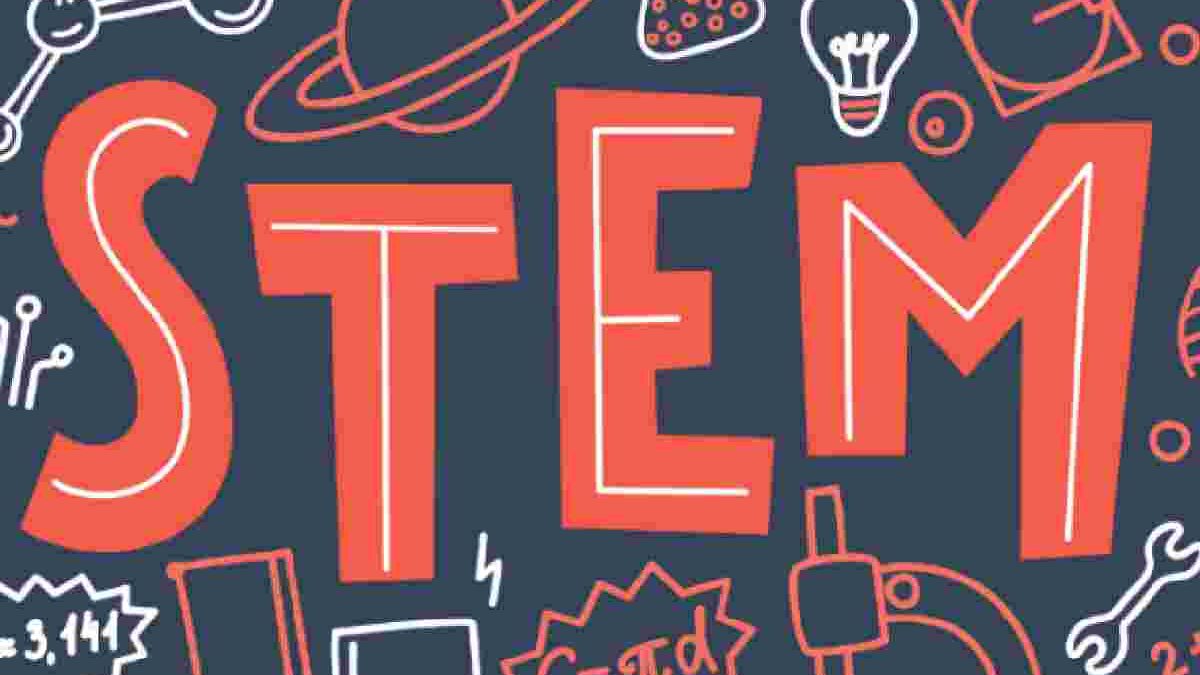Table of Contents
STEM Education
Mostly society is facing new challenges and opportunities that demand professional profiles specialized in problem-solving, with the ability to innovate and exploit the possibilities offered by Information and Communication Technologies (ICTs). In this social, technological and labor context, the term STEM Education, an acronym from English: Science, Technology, Engineering, Mathematics.
The term STEM in education is increasingly used by parents and teachers, although it has its origins in the 90s, with later variants such as STEAM and STEM+ that we will see later. STEM education encompasses, therefore, a multidisciplinary learning process around the subjects of Science, Technology, Engineering and Mathematics. But then… why is it fashionable now?
New Challenges and Opportunities
According to different studies and forecast trends 1 2, the demand for professions related to STEM disciplines will stand out notably over the rest of the works. This fact, which is already a reality today, invites us to design new teaching and learning methods to promote the scientific-technological vocation among the youngest, equipping them with the skills and abilities necessary to solve real problems and face the challenges of the future. The ultimate purpose of STEM is to prepare the new generations to live in a constantly changing environment and train them in jobs that do not exist yet.
In addition to satisfying the didactic objective, these methods must be able to maintain the interest of the students. In this sense, from Ingenui Kids, we are committed to the innovative character and practical experience to encourage a receptive attitude and the assimilation of knowledge. This is where the Maker culture and other related concepts such as Learning by doing, Do It Yourself, Project-based Learning, Experiential Learning or Play-based Learning, among others, come into play.
What is Maker Culture?
Moreover one of the main characteristics of STEM is its practical base. The student leaves aside traditional passive and rote Learning to become the true protagonist. The experience becomes the perfect tool to connect the STEM disciplines. The student learns to solve problems by himself, develops his creativity and ingenuity, defines strategies, designs, creates with his own hands, experiments and tests, analyzes the results, draws conclusions, undertakes improvement actions… This is commonly known as a movement or ‘Maker culture’.
The Maker culture or movement is based on the “learning by doing” methodology. Through group dynamics, the individual develops to solve a specific problem or achieve a previously defined objective, either completely autonomously or collaboratively. This project-based learning model ( Project-based Learning ) awakens a great attraction in children. In addition to interacting with different agents (disciplines, tools and people). They obtain tangible results by applying the knowledge acquired. Moreover, in the case of the little ones, the didactic purpose can be encouraged through play.
STEM and Educational Robotics
In this context, educational robotics becomes the ideal ally to stimulate and develop STEM skills in the youngest. We are facing an expanding pedagogical resource, integrating disciplines and an excellent tool to implement this teaching model. The main reason educational robotics is so attractive is the combination of numerous areas underlying STEM: mechanics, electronics, programming, artificial intelligence, mathematics, physics, automata theory, animatronics…
Another critical success factor is its practical component. The theoretical basis and the knowledge acquired always accompany a final product created to satisfy an objective or need (project). These may be a basic prototype, a robot, or a computer program that could later integrate into a mechanism.
Currently, many centers and academics have begun to incorporate robotics into their teaching programs. This is also possible thanks to the ‘free knowledge’, ‘open source’ and ‘free hardware’ movements, which encourage the creation of quality, accessible and affordable teaching resources.
Broadening the Focus: STEAM and STEM+
However combining STEM education with artistic and creative skills, we get STEAM (Science, Technology, Engineering, Arts, Mathematics). This expanded term emphasizes and values the artistic disciplines (Arts) as enhancers of innovation, imagination and the search for various solutions to a single problem. In this way. STEAM complements the applied Learning of scientific and technological content with the development of divergent thinking and student creativity.
When we talk about STEM education, we are likely to hear the term STEM+. The inclusion of the “+” symbol refers to the application of ICTs in Cyberlearning. STEM education to ICTs as a facilitating tool, so we will commonly find references to STEM or STEAM already integrating this technological aspect.
Benefits of STEM Education
After exposing the main ideas and concepts around STEM education, below we list by way of conclusion the contributions and benefits that accompany this teaching model:
Therefore:
– Promotes proactive Learning.
– Train problem-solving.
– Facilitates the retention of concepts.
– Integrates ICT learning.
– Promotes teamwork.
– Strengthens communication skills.
– Stimulates self-esteem and confidence.
– Train mathematical, logical thinking.
– Improves creativity and imagination.
– Develops fine motor skills.
– Develops emotional management.

